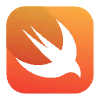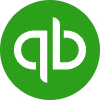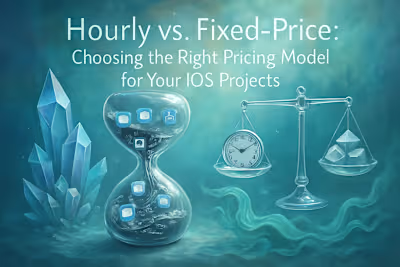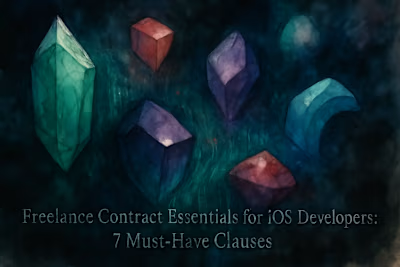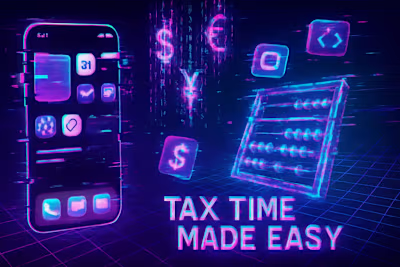Freelance Finances 101: How to Price Your iOS Development Work in 2025

Freelance Finances 101: How to Price Your iOS Development Work in 2025
Understanding Your Value: Key Factors Influencing iOS Developer Rates
Experience Level: From Junior to Senior
Technical Skills and Specializations
Project Complexity and Scope
Geographic Location and Market Demand
Choosing Your Pricing Strategy: Value-Based vs. Cost-Plus
Value-Based Pricing: Tying Your Price to Client ROI
Cost-Plus and Market-Based Pricing
Setting Your Hourly Rate: A Practical Formula
Calculate Your Desired Annual Salary
Factor in Business Expenses and Taxes
Account for Non-Billable Hours
Determine Your Billable Hours and Final Rate
Pricing Fixed-Rate Projects Effectively
Deconstruct the Project into Milestones
Estimate Time for Each Task
Build in a Contingency Buffer
Calculate the Final Project Price
References
Freelance Finances 101: How to Price Your iOS Development Work in 2025
Understanding Your Value: Key Factors Influencing iOS Developer Rates
Experience Level: From Junior to Senior
Technical Skills and Specializations
Project Complexity and Scope
Geographic Location and Market Demand
Choosing Your Pricing Strategy: Value-Based vs. Cost-Plus
Value-Based Pricing: Tying Your Price to Client ROI
Cost-Plus and Market-Based Pricing
Setting Your Hourly Rate: A Practical Formula
Calculate Your Desired Annual Salary
Factor in Business Expenses and Taxes
Account for Non-Billable Hours
Determine Your Billable Hours and Final Rate
Pricing Fixed-Rate Projects Effectively
Deconstruct the Project into Milestones
Estimate Time for Each Task
Build in a Contingency Buffer
Calculate the Final Project Price
References
Posted Jul 6, 2025
Struggling to price your freelance iOS development services? Our 2025 guide covers value-based pricing, setting your hourly rate, and factoring in experience to maximize your earnings.


